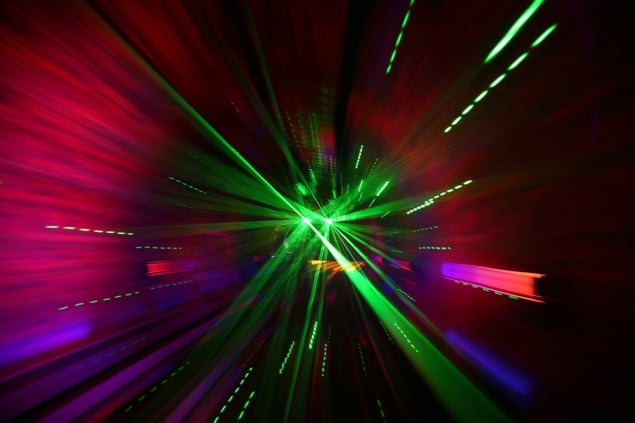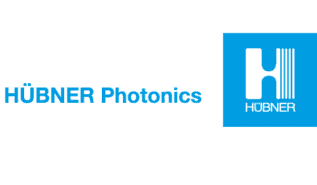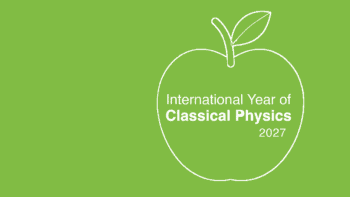
In October 1959, Theodore “Ted” Maiman, a relatively unknown 32-year-old physicist, set out to make what was then known as “optical maser” out of a crystal of pink ruby. The project didn’t have the most auspicious of starts. Maiman’s employers at Hughes Research Laboratory were sceptical that it would lead to anything useful. Worse still, in September that year a far more prominent scientist, Art Schawlow, declared that it was impossible.
Maiman proved him wrong. On 16 May 1960, he and his assistant Irnee d’Haenens observed a large decrease in the ruby’s fluorescence lifetime (as seen in the device’s spectral output), once the voltage of the flashlamp shining onto it exceeded a certain level. The change signalled the onset of stimulated emission, in which an incoming photon from the flashlamp caused an excited electron in the ruby to drop to a lower energy level and, in the process, emit a photon with the same energy as the incident wave. And with that, the laser – light amplification by stimulated emission of radiation – was born.
That wasn’t the end of the story, though. Other scientists weren’t far behind Maiman, and several of them – Schawlow included – went on to make their own seminal contributions to laser technology. These advances, in turn, spurred others to get involved. Although d’Haenens jokingly called the laser “a solution looking for a problem”, it wasn’t long before this supposed novelty was making itself indispensable in surgery and industrial processing. By 1964, the laser had risen sufficiently far in the public eye for it to appear in the James Bond film Goldfinger, in a famous scene where the villain threatens to use a laser to cut the dashing super-spy in half.
Since its invention, the laser has gone from strength to strength, as new designs and wavelengths opened up an ever wider range of applications. Indeed, the laser is now in such widespread use that we at Physics World struggled to decide which of its many successes to highlight in our collection of articles celebrating the 60th anniversary of Maiman’s breakthrough. In the end, we narrowed the list down to 10, as discussed on this week’s podcast.
- Pauline Rigby’s wonderful feature on the laser’s early history (originally published for the laser’s 50th anniversary in 2010, but now available on our website for the first time)
- A classic essay from Lucian Hand, explaining why the laser industry needs physicists
- A pair of articles from Richard Stevenson on recent advances in blue and green semiconductor diode lasers
- An interview with the founders of an award-winning start-up firm, Opsydia, that uses lasers to etch microscopic marks inside diamonds
- Stories on how lasers are enabling advances in public health, condensed matter, industrial materials, medicine and particle physics
We hope you enjoy this celebration of laser technology and applications.
Physics World’s Laser at 60 coverage is supported by HÜBNER Photonics, a leading supplier of high performance laser products which meet the ever increasing opportunities for lasers in science and industry. Visit hubner-photonics.com to find out more.




